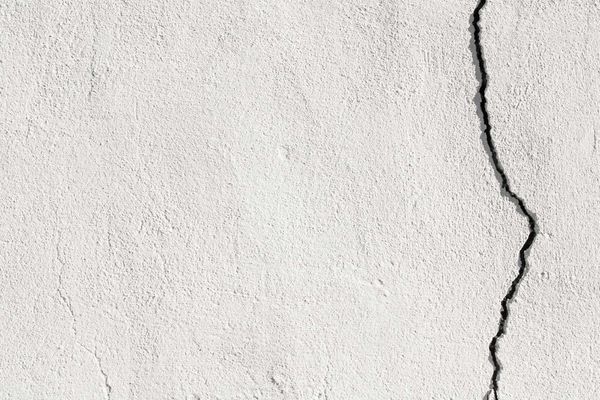4 Common Causes of Foundation Damage

Foundation damage is one of the greatest potential threats to the structural integrity of your home. Like many homeowners, you may question what you can do to keep your foundation in good condition. Understanding the common causes of foundation damage will let you keep an eye out for these conditions around your home and help you avoid expensive foundation repairs.
1. Prolonged Precipitation or Drought
Changes in the moisture content of the soil around your home can have a major impact on the health of your foundation. When soil becomes saturated with rainwater, it swells and pushes inward on your foundation walls. This phenomenon is known as hydrostatic pressure, and it can cause foundation walls to crack.
Droughts can be just as hard on your foundation as prolonged precipitation. In dry weather, moisture in the soil evaporates and the soil contracts. This can create spaces around and under your foundation that cause it to shift in ways it was not designed for, potentially cracking the foundation walls. Watering your soil during dry periods is a good way to counteract this problem.
2. Gutter and Downspout Problems
Your gutters and downspouts play an essential role in the health of your foundation. Properly installed and maintained gutters will route rainwater away from your foundation to prevent saturation that could cause damage through hydrostatic pressure.
If debris has clogged your gutters, water will overflow and run down the side of your home to reach the soil directly next to your foundation. Routine gutter cleaning is essential to prevent this type of overflow. You also need to make sure your downspouts extend far enough from your home, and deposit water onto a sloped surface so that it doesn't run back to your foundation.
3. Tree Roots
The force with which growing tree roots can push through soil, plumbing, and even your foundation should not be underestimated. Tree roots will seek out moisture in the smallest cracks in your basement walls and widen them over time. Large trees can even have roots that reach under your foundation and cause it to shift through upward pressure.
To avoid an unnecessary project that can be highly disruptive to your lawn, you should attempt to verify that roots are attacking your foundation before you have a tree removed. Digging small holes a foot or two deep around your foundation near any trees should give you an idea of whether the roots extend further toward your foundation. For smaller trees, you may even be able to cut the offending root without removing the tree.
4. Poor Construction
Unfortunately, some cases of foundation damage are already in the works as soon as a home is built. Foundation construction is a precise science, and any mistakes can cascade into bigger problems down the road. For example, if the foundation contractor doesn't properly compact the soil before laying the foundation, shifting that leads to foundation damage is much more likely.
Other examples of possible foundation construction issues include building on an improper grade or use of a low-quality slab that is prone to deteriorate.
Luckily, many foundation contractors offer a warranty on their work, so check back with your contractor if you suspect foundation issues in your new home.
Several complex factors play into the health of a home's foundation, so tracking down the cause of damage isn't always easy. If you keep an eye out for the conditions that most commonly lead to foundation damage, your home and your wallet will thank you for it. Keep these tips in mind and contact us at Bonilla Foundation Repair for all of your foundation service needs!






